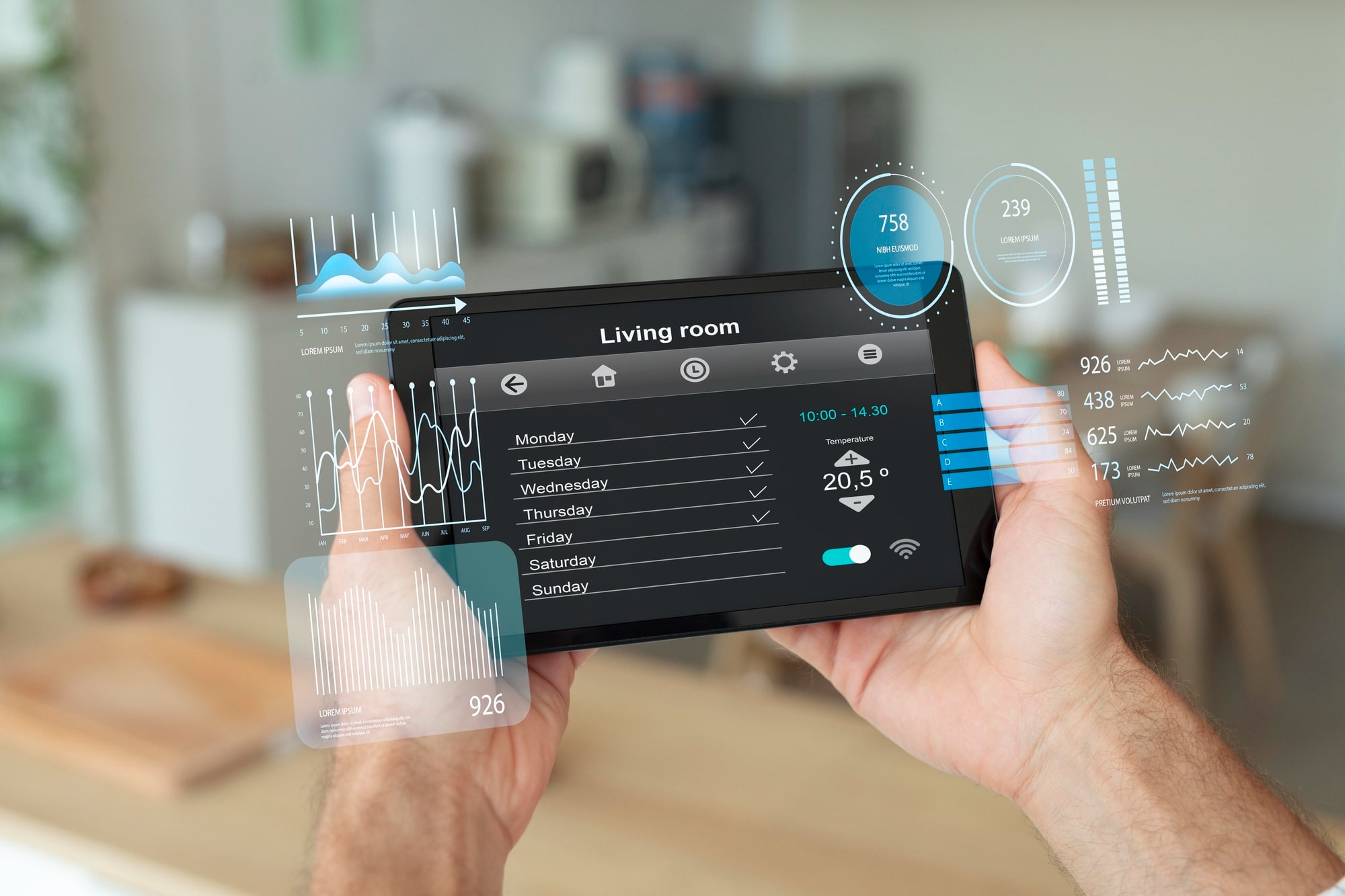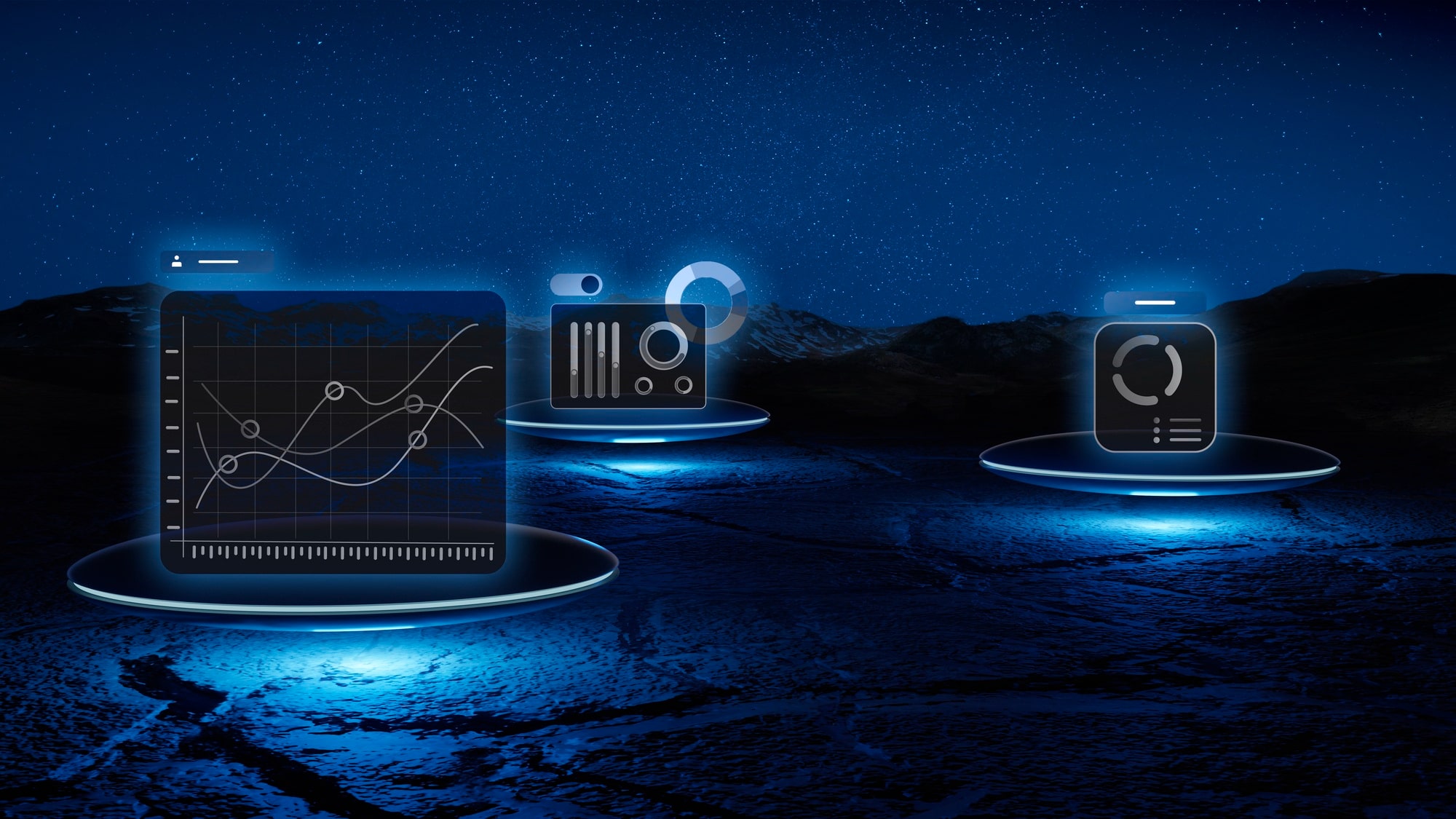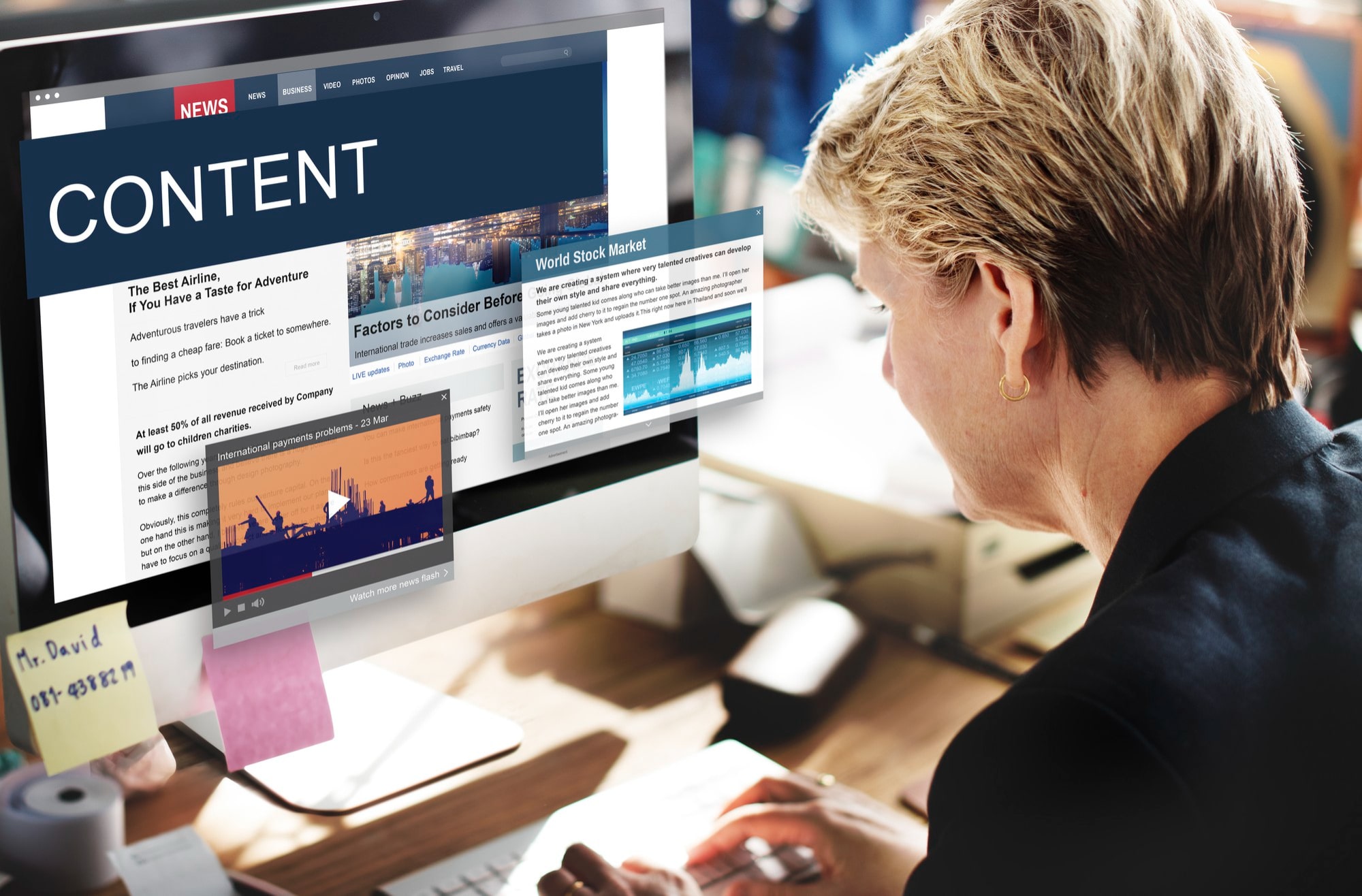Introduction
What if you could know what’s going to happen before it does?
Imagine cutting costs, identifying risks, and predicting customer behaviour before it happens. That’s exactly what predictive analytics offers. In a world driven by data, predictive analytics empowers businesses to forecast outcomes, optimise decisions, and stay ahead of the competition.
It’s not just a buzzword. It’s a powerful tool changing how industries work — from marketing to healthcare, finance to retail. If you’re not using it, you’re already behind. Let’s explore how predictive analytics works, why it matters, and how you can make it part of your growth strategy.
What Is Predictive Analytics?
Predictive analytics is a branch of advanced analytics that uses historical data, statistical algorithms, Artificial Intelligence (AI), and machine learning to predict future outcomes. It analyses patterns in past behaviour to predict what is likely to happen next. It doesn’t tell you exactly what will happen. Instead, it provides probabilities and insights that help you make better decisions. For example, it can predict:
- Which customers are likely to leave.
- What products are about to trend.
- When equipment might fail.
- How to reduce fraud or risk.
This technology transforms raw data into actionable intelligence, making your business smarter and more efficient.
How Does Predictive Analytics Work?
The process begins with a large amount of data. Predictive models analyse that data to uncover trends and correlations. Then, they use algorithms to make forecasts. The typical steps include:
- Data Collection – Gather historical and real-time data from sources like CRMs, websites,sensors, or transactions.
- Data Cleaning – Remove errors, duplicates, and irrelevant information.
- Model Building – Select the appropriate algorithm (such as decision trees, neural networks, or regression).
- Training & Testing – Use a portion of the data to train the model, then test it on the remaining data.
- Prediction – Generate insights or forecasts for future scenarios.
- Deployment – Apply results to real-world decisions.
This cycle repeats and improves with time — the more data, the better the predictions.
Real-Life Applications Of Predictive Analytics
Predictive analytics is everywhere. You’ve probably experienced it without knowing.
- In Healthcare: Hospitals utilise it to predict patient readmissions, track disease outbreaks, and personalise treatment plans.
- In Retail: It predicts what customers will buy, when they’ll buy it, and even how much they’ll spend.
- In Finance: Banks use it to detect fraud, assess loan risks, and prevent defaults.
- In Marketing: It helps marketers target the right audience at the right time with the right message, increasing ROI and engagement.
Benefits Of Predictive Analytics
Adopting predictive analytics isn’t just a trend — it’s a business advantage. Here’s why companies across industries are turning to it:
- Smarter Decision-Making.
- Helps leaders make informed, data-driven decisions rather than relying on gut instinct.
- Increased Efficiency.
- Automates insights, reduces waste, and cuts manual analysis time.
- Improved Customer Retention.
- Identifies churn risks early and helps tailor loyalty strategies to address them.
- Risk Reduction.
- Flag fraud, credit risk, and operational issues before they escalate.
- Competitive Advantage.
- Being proactive instead of reactive puts you a step ahead of competitors.
A McKinsey study showed that predictive analytics can boost profitability by up to 20%. That’s not just helpful — it’s transformational.
Predictive Analytics VS Other Types Of Analytics
Let’s clarify how predictive analytics differs from other forms:
- Descriptive Analytics: Tells you what happened.
- Diagnostic Analytics: Explains why it happened.
- Predictive Analytics Shows what might happen next.
- Prescriptive Analytics: Suggests what action to take.
Predictive analytics is where the future begins. It takes the guesswork out of growth.
Challenges You Might Face
While powerful, predictive analytics isn’t plug-and-play. It comes with challenges.
- Data Quality Issues: Poor or incomplete data leads to unreliable results.
- Model Complexity: Some models are difficult to understand or explain.
- Privacy Concerns: When using personal data, compliance with laws such as the GDPR.
- Cost & Tools: High-quality software and skilled analysts can be expensive.
- Over-Reliance: Predictions are probabilities, not guarantees.
Yet, when managed correctly, these challenges are small compared to the value gained.
How to Get Started With Predictive Analytics
You don’t need to be a data scientist to begin. Here’s how:
- Define your goal.
- Start with a clear question — e.g., “Which customers are likely to churn?”
- Collect the right data.
- Pull from internal sources like CRM, email campaigns, or past sales.
- Choose your tool.
- Platforms like IBM SPSS, RapidMiner, SAS, or even Microsoft Azure offer predictive solutions.
- Build or hire a team.
- Collaborate with data analysts or hire a vendor if needed.
- Test and improve.
- Run small pilots, validate results, and refine your approach.
Start small. Learn. Scale as your comfort grows.
Predictive Analytics in the Future
The future of predictive analytics is bright and fast-moving. AI is evolving. Data is growing and businesses are integrating predictions into daily operations. We’re heading toward a time when predictive insights will become as routine as checking your email.
Conclusion
Predictive analytics turns the unknown into opportunity. It helps you make smarter moves, serve customers better, and grow faster than ever before. Whether you’re a small business owner or a global brand, predictive technology can help you see around corners. It’s no longer a luxury. It’s a necessity.
Harness it. Trust it. And use it to guide your next big leap.
Frequently Asked Questions
Is predictive analytics the same as machine learning?
Not exactly. Predictive analytics utilises machine learning, but it’s a broader term that encompasses statistical modelling, forecasting, and algorithms for predicting future outcomes.
Do small businesses benefit from predictive analytics?
Absolutely. Even small businesses can use simple predictive models to forecast sales, plan inventory, and improve customer retention.
What industries benefit most from predictive analytics?
Finance, healthcare, marketing, manufacturing, and retail are among the top users. But any data- rich industry can benefit.
Is it expensive to implement predictive analytics?
Costs vary. Open-source tools are available, but enterprise solutions and expert consulting can be more expensive. However, the ROI is usually high.
Can predictive analytics guarantee results?
No. It offers probabilities based on patterns. While highly accurate, it’s not foolproof and should
be one tool in your decision-making toolbox.






0 Comments